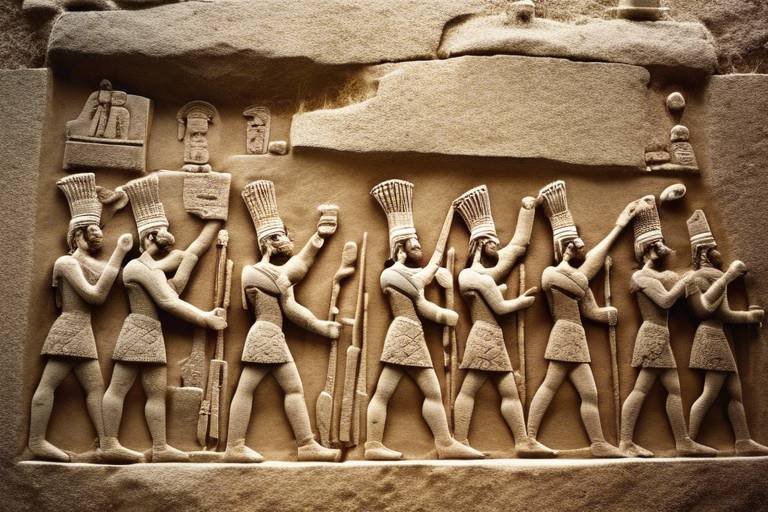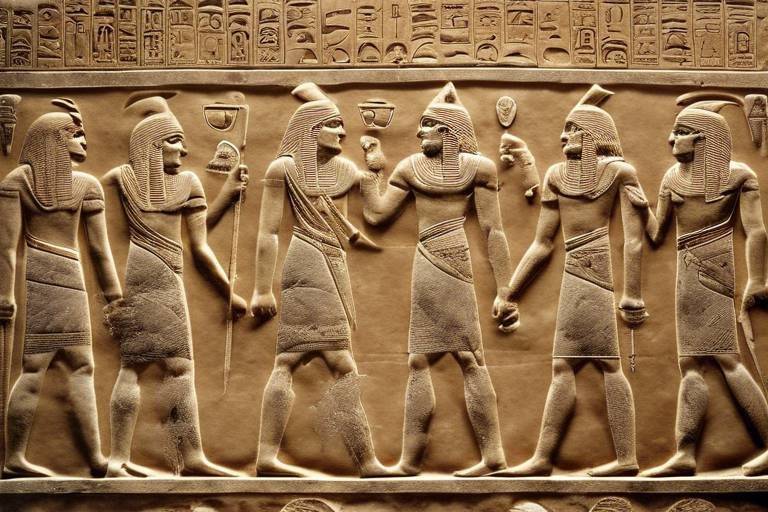The Secrets of the Ancient Civilizations' Trade Routes
Exploring the historical significance and impact of trade routes established by ancient civilizations reveals a fascinating web of connections that shaped the world as we know it today. These ancient trade routes were more than just pathways for the exchange of goods; they were conduits for the transmission of ideas, culture, and technology, fostering a rich tapestry of interactions between diverse societies.
One of the most renowned trade routes in history is the Silk Road, a vast network of routes that linked the East and West, stretching from China to the Mediterranean. Along this legendary path, merchants traded silk, spices, precious metals, and ideas, bridging the gap between distant civilizations and sparking a cultural exchange that transcended borders.
Another significant trade route, the Incense Route, connected the Mediterranean world with South Arabia, facilitating the trade of precious commodities like frankincense and myrrh. These aromatic treasures not only held economic value but also played a crucial role in religious rituals and ceremonies, symbolizing the spiritual connections forged through trade.
The Amber Road served as a vital link between the Baltic Sea and the Mediterranean, enabling the flow of prized amber and other goods across ancient Europe. This route not only fueled economic prosperity but also fostered cultural exchanges, as artisans, traders, and travelers traversed its paths, carrying with them stories and traditions from distant lands.
Traversing the vast Sahara Desert, the Trans-Saharan Trade Route connected North Africa with the Mediterranean and sub-Saharan regions, facilitating the exchange of goods, knowledge, and cultural practices. This challenging journey across the desert sands exemplified the resilience and ingenuity of ancient traders who braved the harsh conditions in pursuit of prosperity.
On the seas, the Maritime Silk Road extended China's reach across the waters, linking distant lands in Southeast Asia, the Indian subcontinent, and East Africa through maritime trade routes. This maritime network not only transported goods but also carried with it a wave of cultural influences, shaping the identities of coastal communities along its path.
The Royal Road, an ancient trade route that spanned the Persian Empire, connected Susa with Sardis, facilitating swift communication and trade within the vast empire. This well-maintained road symbolized the power and efficiency of the Persian rulers, enabling the rapid exchange of goods and information across their vast domains.
Tracing the Spice Route reveals a historic network that linked Asia with Europe, enabling the trade of coveted spices like pepper, cinnamon, and nutmeg. These exotic flavors not only tantalized the taste buds of ancient civilizations but also fueled exploration, conquest, and the rise of empires seeking control over lucrative trade routes.
The Salt Route highlights the essential role of salt in ancient economies and cultures, showcasing the trade routes that transported this valuable mineral across vast distances. Salt was not just a seasoning but a preservative, a currency, and a symbol of wealth, shaping the destinies of societies and influencing the course of history.
- What were the key commodities traded along the Silk Road?
- How did trade routes contribute to cultural exchange among ancient civilizations?
- What challenges did traders face when traversing the Trans-Saharan Trade Route?
- Why was salt such a valuable commodity in ancient times?
- How did the Maritime Silk Road impact the development of coastal regions?

The Silk Road
The Silk Road, a legendary network of trade routes that spanned thousands of miles, played a pivotal role in shaping the ancient world. This intricate web of pathways connected the East and West, allowing for the exchange of goods, ideas, and cultures between diverse regions. Imagine a bustling marketplace where silk from China, spices from India, and glassware from Rome were all traded, creating a vibrant tapestry of commerce and cultural exchange.
Traversing through deserts, mountains, and plains, the Silk Road was not just a trade route but a lifeline that fueled the growth of civilizations along its path. Merchants, travelers, and nomads journeyed along these routes, braving harsh conditions and unknown territories in pursuit of wealth and adventure. The Silk Road was more than just a means of transportation; it was a bridge that connected distant lands and fostered a sense of unity among diverse peoples.
At the heart of the Silk Road lay the city of Xi'an in China, a bustling hub where caravans loaded with precious cargo embarked on their long journey westward. Along the way, they encountered vibrant market towns, ancient cities, and cultural crossroads where goods, languages, and traditions intertwined. The Silk Road was not just a physical path but a symbol of human ingenuity and resilience, showcasing the boundless possibilities of trade and exchange.
As goods traveled along the Silk Road, they carried with them more than just material wealth. Ideas, technologies, and beliefs also flowed freely, enriching the societies they touched. The Silk Road was a conduit for innovation, spreading knowledge of papermaking, astronomy, and medicine across continents. It was a melting pot of cultures, where merchants from different lands met, traded, and forged lasting connections that transcended borders and languages.
Today, the legacy of the Silk Road lives on in the shared heritage of the civilizations it once connected. Its impact can be seen in the architecture of ancient cities, the flavors of exotic spices, and the threads of silk that weave through history. The Silk Road was not just a route of trade; it was a pathway of discovery, adventure, and transformation that continues to inspire awe and wonder in the modern world.

The Incense Route
The Incense Route was a crucial ancient trade network that connected the Mediterranean world with South Arabia, facilitating the exchange of valuable commodities such as frankincense and myrrh. These aromatic resins held significant cultural, religious, and economic importance in antiquity, with demand for them driving the establishment of trade routes spanning vast distances. The route extended from the southern Arabian Peninsula, specifically the kingdoms of Sheba and Hadramaut, to the Mediterranean ports of Gaza, Petra, and Leuke Kome. Merchants traversed harsh desert landscapes, braving challenging conditions to transport these precious goods to lucrative markets.
The trade of frankincense and myrrh along the Incense Route not only enriched the economies of the regions involved but also fostered cultural exchange and diplomatic relations among diverse civilizations. The aromatic resins were used in religious ceremonies, medicinal practices, and perfumery, symbolizing luxury, spirituality, and prestige. The demand for these exotic commodities spurred the development of sophisticated trade networks, with caravans laden with precious cargoes journeying across deserts and mountains, connecting distant lands and peoples.
The Incense Route played a pivotal role in shaping the ancient world, influencing the development of civilizations and fostering cross-cultural interactions. The exchange of goods along this route not only stimulated economic growth but also facilitated the transmission of knowledge, ideas, and technologies between different societies. The prosperity generated by the trade of frankincense and myrrh contributed to the flourishing of urban centers, the rise of powerful kingdoms, and the establishment of diplomatic ties that transcended borders and languages.
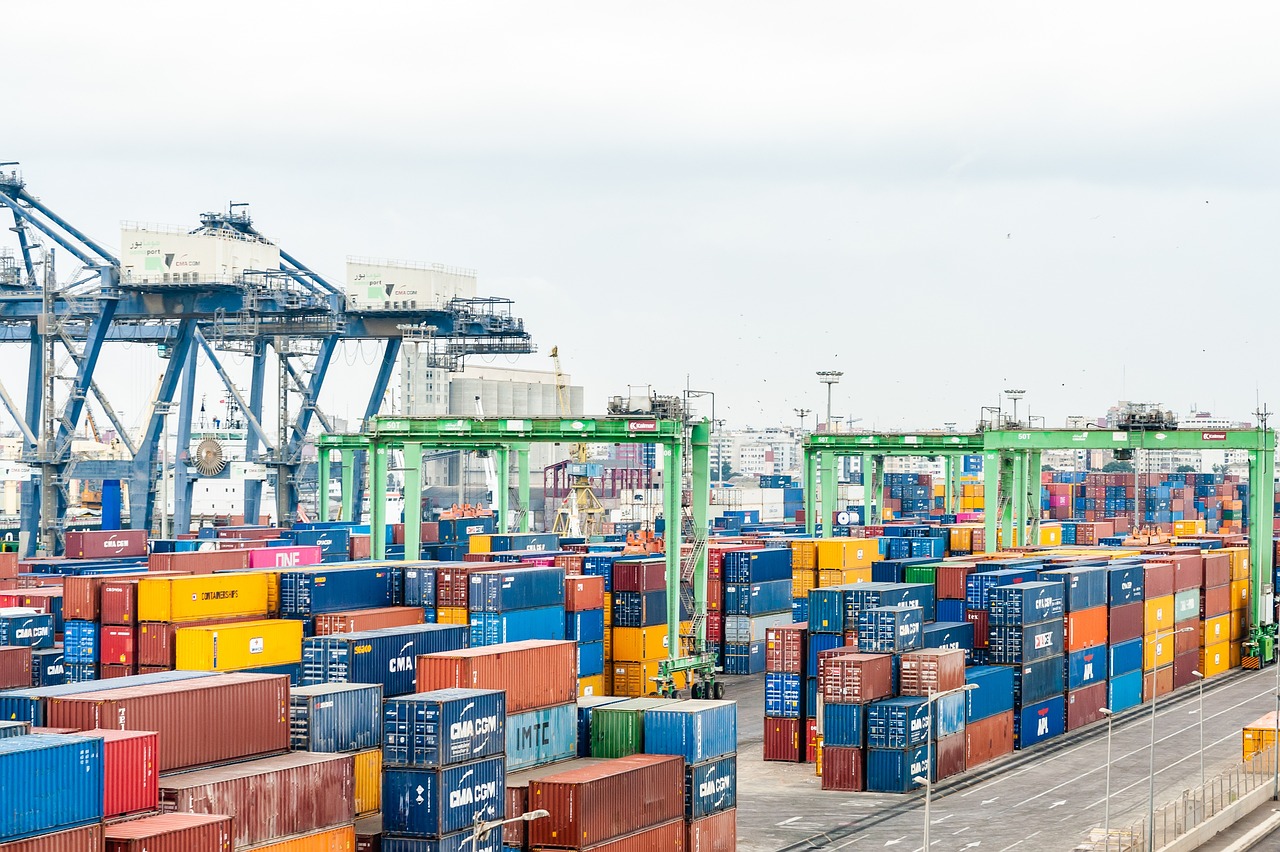
The Amber Road
The Amber Road was a significant trade route in ancient Europe that connected the Baltic Sea with the Adriatic and Mediterranean regions. This route played a crucial role in facilitating the exchange of goods, particularly the prized commodity of amber, which was highly valued by various ancient civilizations.
Stretching across vast distances, the Amber Road allowed for the flow of not only amber but also other valuable goods such as metals, pottery, and textiles among the European societies. The route served as a cultural bridge, enabling the exchange of ideas, technologies, and artistic influences between different regions.
Traders traveling along the Amber Road faced challenges such as rugged terrains, harsh weather conditions, and potential threats from bandits. Despite these obstacles, the lure of amber and other exotic goods motivated merchants to undertake perilous journeys along this ancient trade route.
The economic significance of the Amber Road cannot be overstated, as it contributed to the prosperity and development of many ancient European civilizations. The trade facilitated by this route not only boosted local economies but also fostered connections and alliances between distant societies.
Archaeological evidence of the Amber Road, including amber artifacts found in various regions along the route, serves as a testament to the enduring legacy of this ancient trade network. The Amber Road stands as a symbol of the interconnectedness of ancient civilizations and the enduring impact of trade on shaping cultural exchange and economic development.

The Trans-Saharan Trade Route
The Trans-Saharan Trade Route was a historic network of trade connections that spanned the vast Sahara Desert, linking North Africa with the Mediterranean and sub-Saharan regions. This extensive trade route played a crucial role in facilitating the exchange of goods, ideas, and cultures between diverse civilizations during ancient times.
Traversing the harsh desert terrain, merchants and caravans braved the challenging conditions of the Sahara to transport valuable commodities such as gold, ivory, salt, and slaves across long distances. The route served as a lifeline for trade between North Africa, West Africa, and the Mediterranean, fostering economic prosperity and cultural exchange along its path.
Camels, known as the "ships of the desert," were instrumental in the success of the Trans-Saharan Trade Route, enabling traders to transport goods efficiently across the arid landscape. These resilient animals were well-adapted to the desert environment, making them indispensable for long-distance travel and trade.
One of the key trading centers along the Trans-Saharan Trade Route was the legendary city of Timbuktu, situated in present-day Mali. Renowned for its wealth and intellectual heritage, Timbuktu served as a major hub for trans-Saharan trade, attracting merchants from across the region and beyond.
The Trans-Saharan Trade Route not only facilitated the exchange of goods but also played a significant role in the transmission of knowledge, ideas, and cultural practices between different regions. It contributed to the enrichment of diverse societies along its path, fostering a vibrant exchange of languages, religions, and traditions.
Despite the challenges posed by the harsh desert environment, the Trans-Saharan Trade Route endured for centuries, leaving a lasting legacy of interconnectedness and trade between North Africa, West Africa, and the Mediterranean. Its impact on the development of civilizations and the shaping of cultural identities underscores the importance of trade routes in the ancient world.
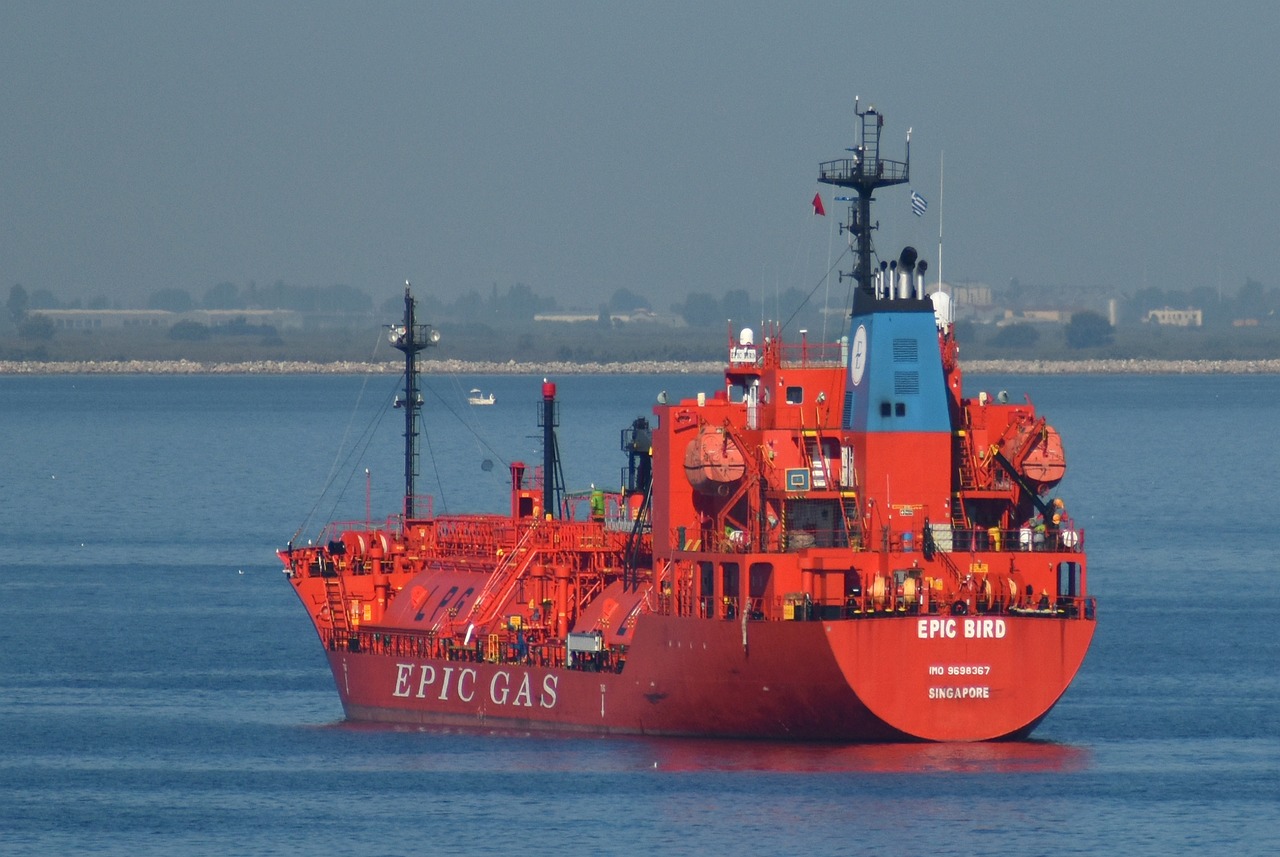
The Maritime Silk Road
Exploring the historical significance and impact of trade routes established by ancient civilizations, showcasing the interconnectedness of cultures and economies through commerce and exchange.
The Maritime Silk Road was a sea-based counterpart to the famous Silk Road, playing a crucial role in connecting distant lands through maritime trade routes. Imagine a vast network of ships sailing across the seas, carrying exotic goods and cultural influences from China to Southeast Asia, the Indian subcontinent, the Arabian Peninsula, and East Africa. This maritime route facilitated the exchange of not only valuable commodities but also ideas, technologies, and beliefs, shaping the civilizations it touched.
One of the key features of the Maritime Silk Road was its ability to bridge diverse cultures and foster diplomatic relations through trade. Just as the waves of the ocean connect distant shores, this maritime route brought people from different backgrounds together, creating a melting pot of traditions and practices. The vibrant ports along the route buzzed with activity, welcoming merchants, sailors, and travelers from far and wide, each bringing a piece of their homeland with them.
Imagine the bustling markets filled with exotic spices, silks, and precious gems, all traded along the Maritime Silk Road. The aroma of cinnamon and pepper wafting through the air, the vibrant colors of silk fabrics fluttering in the breeze – these sights and scents would have mesmerized traders and visitors alike. The maritime trade not only enriched the economies of the regions involved but also enriched the cultural tapestry of the ancient world.
Through the Maritime Silk Road, ancient civilizations were able to expand their knowledge, exchange technologies, and foster diplomatic ties that transcended borders. This interconnected web of maritime trade routes was not just about commerce; it was a testament to the human spirit of exploration, innovation, and cooperation. The legacy of the Maritime Silk Road lives on in the shared heritage of the diverse societies that once thrived along its shores.

The Royal Road
The Royal Road was an ancient trade route that connected the Persian Empire's capital, Susa, with Sardis in Anatolia. This remarkable route spanned over 1,500 miles, showcasing the empire's sophisticated infrastructure and efficient communication system. Carved out during the reign of King Darius I, the Royal Road played a crucial role in facilitating swift communication and trade across the vast Persian Empire.
Imagine a bustling highway of the ancient world, where messengers on horseback relayed messages and merchants transported goods between the empire's heartland and its western frontier. The Royal Road was not merely a path for trade but a lifeline that connected distant regions, fostering cultural exchange and diplomatic relations along its route.
With strategically placed way stations offering food, shelter, and fresh horses, travelers could traverse the vast expanse of the Persian Empire in record time. This efficient network allowed the empire to maintain control over its vast territories and respond swiftly to any threats or developments, earning it a reputation for organizational prowess and governance.
The Royal Road was not only a testament to the engineering marvels of the ancient world but also a symbol of the power and reach of the Persian Empire. It facilitated the movement of not just goods but also ideas, innovations, and cultural practices, contributing to the richness and diversity of the empire's society.

The Spice Route
Exploring the historical significance and impact of trade routes established by ancient civilizations, showcasing the interconnectedness of cultures and economies through commerce and exchange.
The Spice Route was a historic trade network that connected Asia with Europe, enabling the exchange of valuable spices such as pepper, cinnamon, and nutmeg, which were highly sought after in ancient times. This route played a crucial role in shaping the economies and cultures of the regions it linked, fostering trade and cultural exchange.
Traders embarked on long and perilous journeys to procure these precious spices, traversing vast distances and encountering various challenges along the way. The allure of these exotic spices drove merchants to explore new lands and establish trade relationships with distant civilizations.
Spices were not only prized for their culinary uses but also for their medicinal properties and symbolic significance. They were considered luxury commodities, reserved for the elite and used in religious ceremonies, rituals, and even as currency in some societies.
The Spice Route facilitated the exchange of not only goods but also ideas, technologies, and traditions between the East and the West. It sparked innovations in navigation, shipbuilding, and agricultural practices, contributing to the advancement of civilizations along the route.
This ancient trade network thrived for centuries, fueling the growth of empires, the development of trade hubs, and the establishment of diplomatic relations between distant lands. The legacy of the Spice Route endures in the culinary diversity and cultural fusion that we witness today.
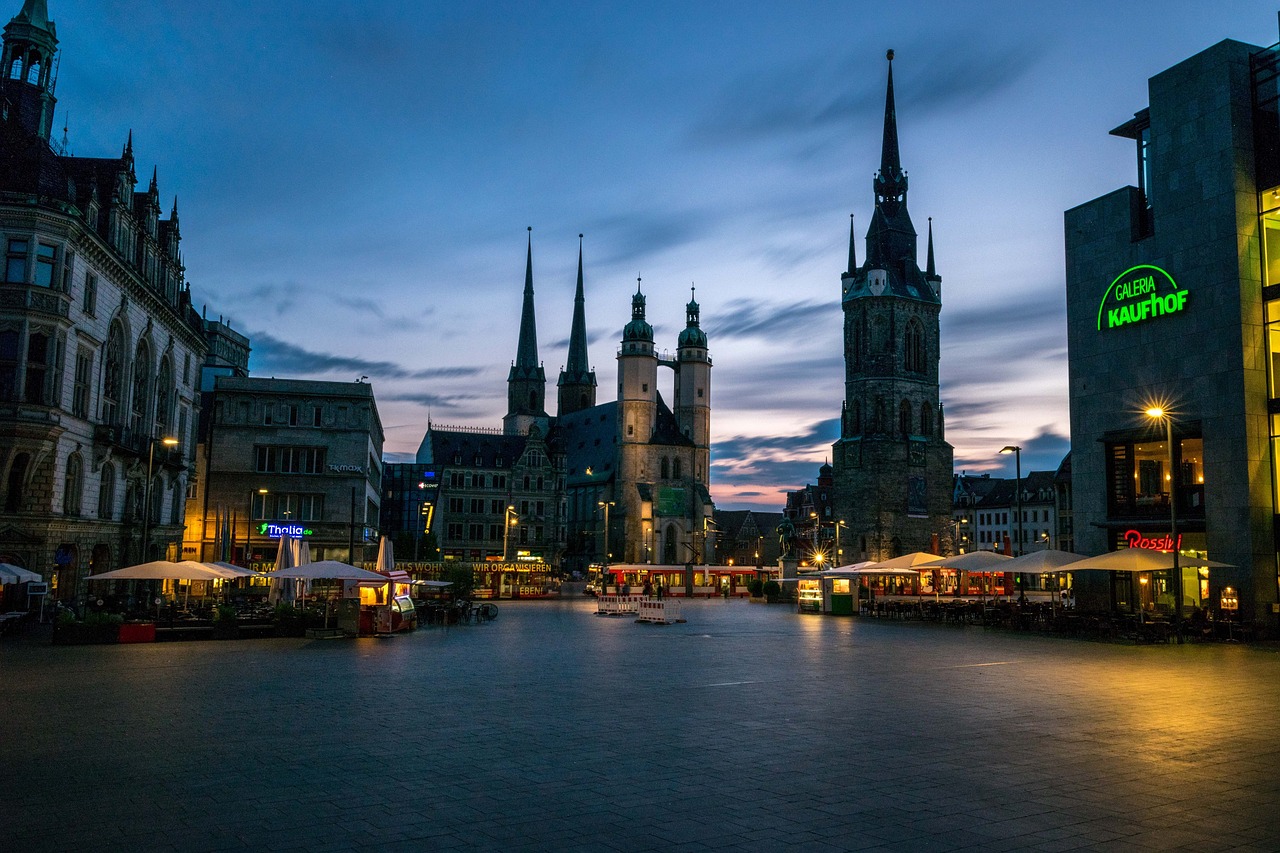
The Salt Route
The Salt Route, also known as the Salt Road, was a vital network of trade routes that played a crucial role in the transportation and exchange of salt across various ancient civilizations. Salt, once considered as valuable as gold, was not only essential for preserving food but also held significant economic and cultural importance. This route connected regions where salt was abundant with areas where it was scarce, facilitating trade and cultural exchange along the way.
Traversing vast distances, the Salt Route linked salt mines in locations such as the Mediterranean, the Sahara Desert, and the Himalayas with regions in need of this precious mineral. Caravans laden with salt traveled through challenging terrains, deserts, and mountains, enduring harsh conditions to deliver their valuable cargo to distant markets. The exchange of salt along this route not only fueled economies but also fostered connections between diverse cultures and societies.
Salt was not merely a seasoning but a commodity that shaped civilizations, influenced trade patterns, and even sparked conflicts. Its scarcity in certain regions made it a highly sought-after product, leading to the development of extensive trade networks like the Salt Route. The trade of salt not only enriched merchants and traders but also contributed to the growth of cities and the spread of knowledge and ideas.
Frequently Asked Questions
- What were the main goods traded along the Silk Road?
The Silk Road facilitated the exchange of a variety of goods, including silk, spices, precious metals, ceramics, and textiles.
- How did the trade routes impact the spread of culture and ideas?
The trade routes played a significant role in the exchange of cultural practices, religions, languages, technologies, and philosophies among different civilizations.
- Why was the Incense Route important in ancient trade?
The Incense Route was crucial for the trade of frankincense and myrrh, which were highly sought-after commodities used in religious rituals, medicine, and perfumes.
- What made the Maritime Silk Road different from the overland Silk Road?
The Maritime Silk Road primarily involved sea-based trade, connecting China with regions in Southeast Asia, the Indian subcontinent, and East Africa, while the overland Silk Road focused on land-based routes.
- How did the Royal Road contribute to the Persian Empire's communication and trade?
The Royal Road facilitated swift communication and efficient trade between Susa and Sardis, enabling the Persian Empire to maintain control over its vast territories.
- Why was salt such a valuable commodity traded along the Salt Route?
Salt was essential for preserving food, enhancing flavor, and supporting human health, making it a valuable commodity traded along the Salt Route in ancient times.







